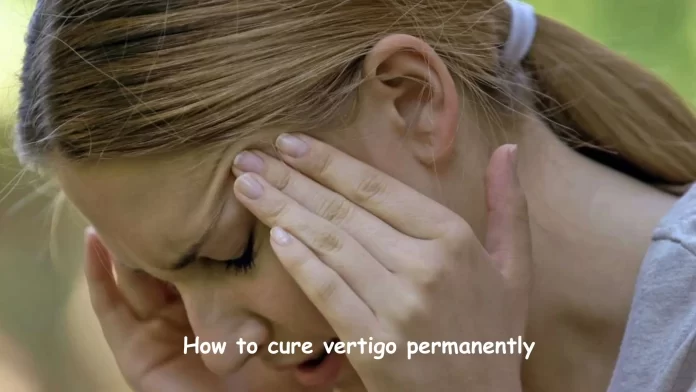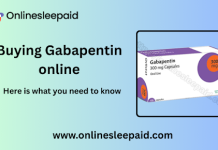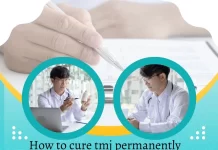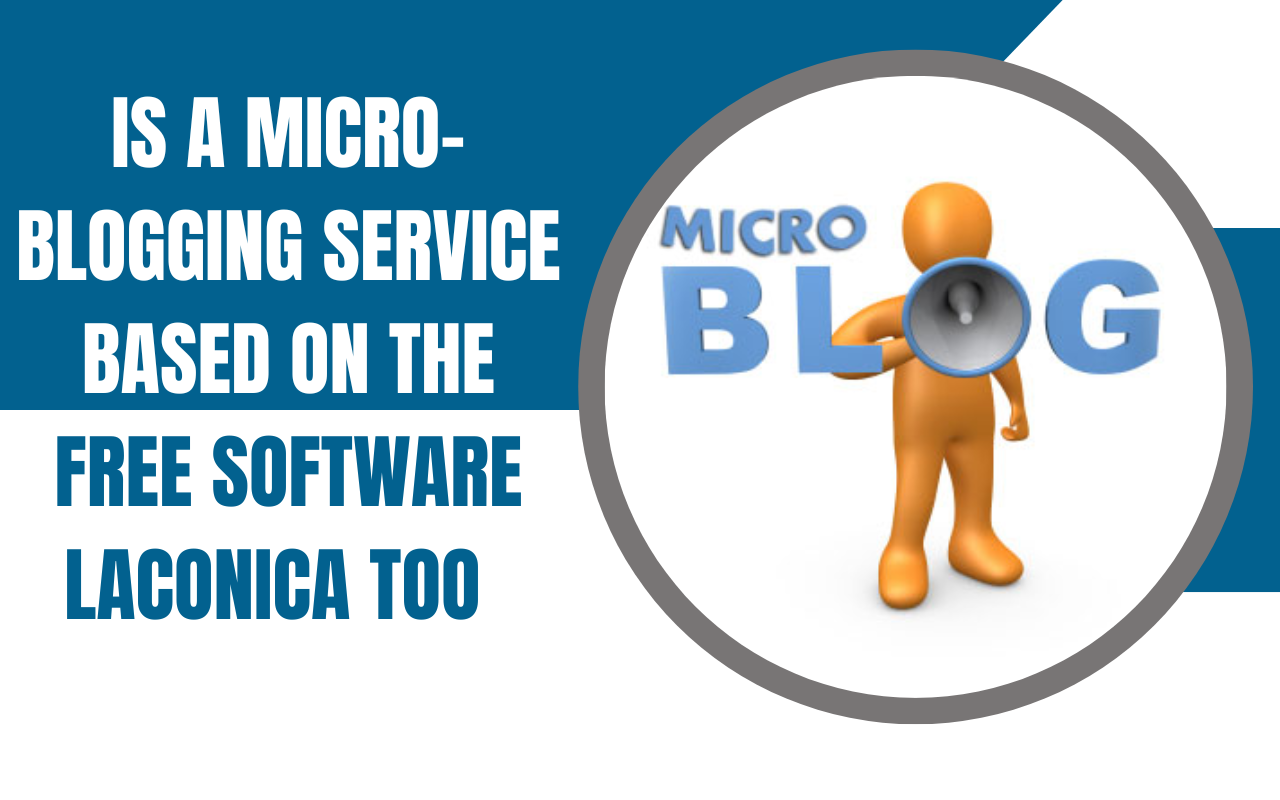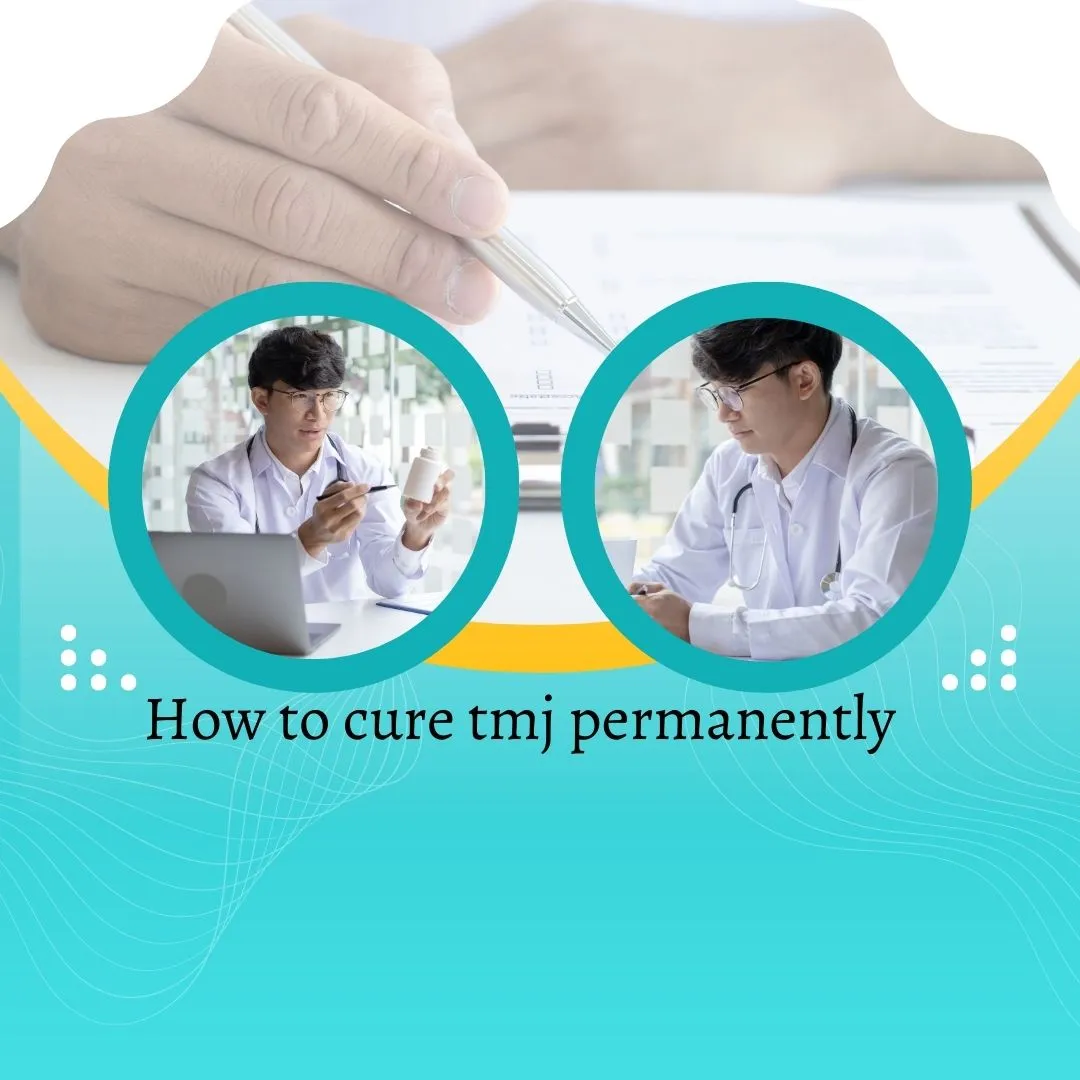Vertigo, characterized by the sensation of movement or spinning either within oneself or the surrounding environment, is not an independent condition but rather a symptom. However, there’s hope for relief – learn how to cure vertigo permanently. Its intensity can range from barely noticeable to severely disruptive, hindering everyday tasks and balance maintenance.
Episodes of vertigo can manifest suddenly, lasting only a few seconds, or persist for an extended duration. In severe cases, the symptoms may be constant, spanning several days and significantly impacting normal functioning.
Additional symptoms often accompanying vertigo encompass:
- Imbalance leading to difficulties in standing or walking
- Nausea or vomiting
- Dizziness
Causes
Vertigo commonly arises from disruptions in the inner ear’s balance mechanism, although it can also stem from issues within specific brain regions.
Various causes contribute to vertigo, including:
- Benign paroxysmal positional vertigo (BPPV): Vertigo triggered by certain head movements.
- Migraines: Intense headaches that may be accompanied by vertigo.
- Labyrinthitis: Infection of the inner ear.
- Vestibular neuronitis: Inflammation of the vestibular nerve, which transmits balance-related signals from the inner ear to the brain.
Depending on the underlying condition leading to vertigo, additional symptoms may emerge, such as elevated body temperature, tinnitus (ringing in the ears), and hearing loss.
Vertigo Treated
While certain cases of vertigo may naturally improve over time without intervention, others may persist for months or even years, particularly in individuals with Ménière’s disease.
Specific treatments exist for various causes of vertigo. For benign paroxysmal positional vertigo (BPPV), the Epley maneuver, a sequence of simple head movements, is employed.
In the initial stages or for most instances of vertigo, medications like prochlorperazine and certain antihistamines can provide relief.
Vestibular rehabilitation training (VRT), involving a series of exercises tailored for individuals experiencing dizziness and balance issues, proves beneficial for many with vertigo.
How to cure vertigo permanently
When experiencing a vertigo attack, finding comfort in a quiet, dimly lit room and remaining still can potentially alleviate nausea and lessen the perception of spinning.
Self-care
Depending on the underlying cause of your vertigo, there are self-care measures that you can take to alleviate your symptoms. Your doctor or treating specialist may suggest the following
- Perform simple exercises to address and correct your symptoms.
- Sleep with your head slightly elevated using two or more pillows.
- Rise from bed gradually, sitting on the edge for a minute or so before standing up.
- Avoid bending down to pick up items.
- Refrain from extending your neck, especially when reaching high shelves.
- Move your head carefully and slowly during daily activities.
- Engage in exercises that may initially trigger vertigo, as this can help your brain acclimate to the sensation and reduce symptoms. However, ensure you have a safe environment and support if needed before attempting these exercises.
Conclusion
Vertigo is a symptom of movement or spinning, often caused by inner ear or brain issues. Treatments include manoeuvres, medication, and rehabilitation exercises. Self-care measures can also help alleviate symptoms. Consultation with a healthcare professional is necessary for proper diagnosis and treatment
FAQ
Q1: What are the common causes of vertigo?
A: Inner ear problems, BPPV, migraines, labyrinthitis, and vestibular neuronitis.
Q2: How can I relieve vertigo symptoms?
A: Simple exercises, elevated head position, slow movements, and vestibular rehabilitation.
Q3: Can vertigo go away on its own?
A: Some cases may improve over time, but others may persist or require treatment.
Q4: What is the Epley maneuver?
A: It is a series of head movements used to treat benign paroxysmal positional vertigo (BPPV).


